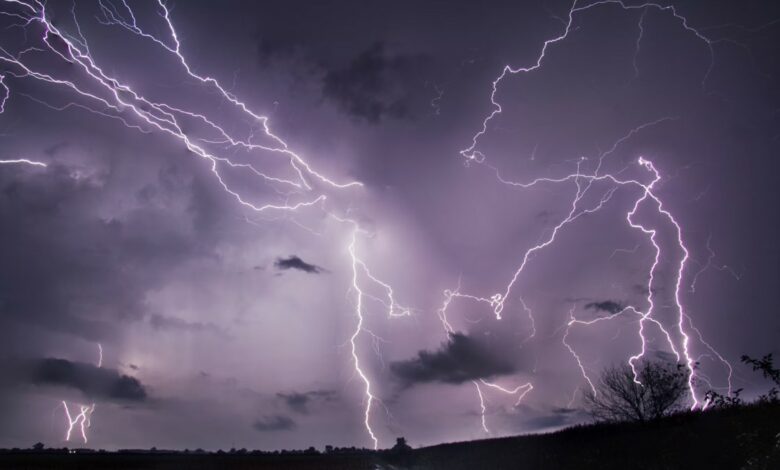Watch how NASA’s plane sees gamma rays during thunderstorms

Recent observations from NASA’s ER-2 aircraft have given us a deeper understanding of gamma rays produced by thunderstorms. This high-altitude aircraft, flying above storm clouds in the Caribbean and Central America, has captured images of invisible radiation bursts, providing new insights into their formation and characteristics. The plane’s ten flights showed that previously known forms of gamma radiation are more complex and frequent than scientists expected.
The complexity of gamma radiation
Researchers identified two main forms of gamma rays: terrestrial gamma-ray flashes (TGFs), which are short but intense bursts, and gamma-ray flares, which are weaker but longer-lasting emissions. The ER-2 data also introduced a new category: flickering gamma-ray bursts, which are a middle ground in terms of brightness and duration.
David Smith, a physicist at the University of California, Santa Cruz, expressed his surprise at these findings, calling them the most important in the field in more than a decade.
A bird’s eye view of storm activity
The ER-2 climbed to approximately 20 km (12.4 mi) during its mission. This allowed it to observe the gamma-ray activity of the thunderstorms from a unique vantage point. Because the aircraft is equipped to transmit data in real time, the aircraft was able to revisit areas where gamma ray activity was high. This leads to a broader insight.
The researchers found that the glow of gamma rays could last for hours and cover vast areas, thousands of square kilometers. Notably, this glow was found to fluctuate in intensity over several seconds, challenging previous assumptions about their stability.
New discoveries and implications
The study also revealed numerous TGFs that were too faint for satellite detection, suggesting that previous observations may have underestimated their prevalence. This discovery could change our understanding of gamma-ray emission from thunderstorms.
The flickering gamma-ray bursts, which consist of rapid, repeating pulses, provide valuable clues about how thunderstorms work. Many of these flashes were closely followed by lightning strikes, indicating a possible connection between the two. Researchers hypothesize that these flickering emissions could serve as precursors to lightning, potentially affecting the electric fields in thunderclouds.




